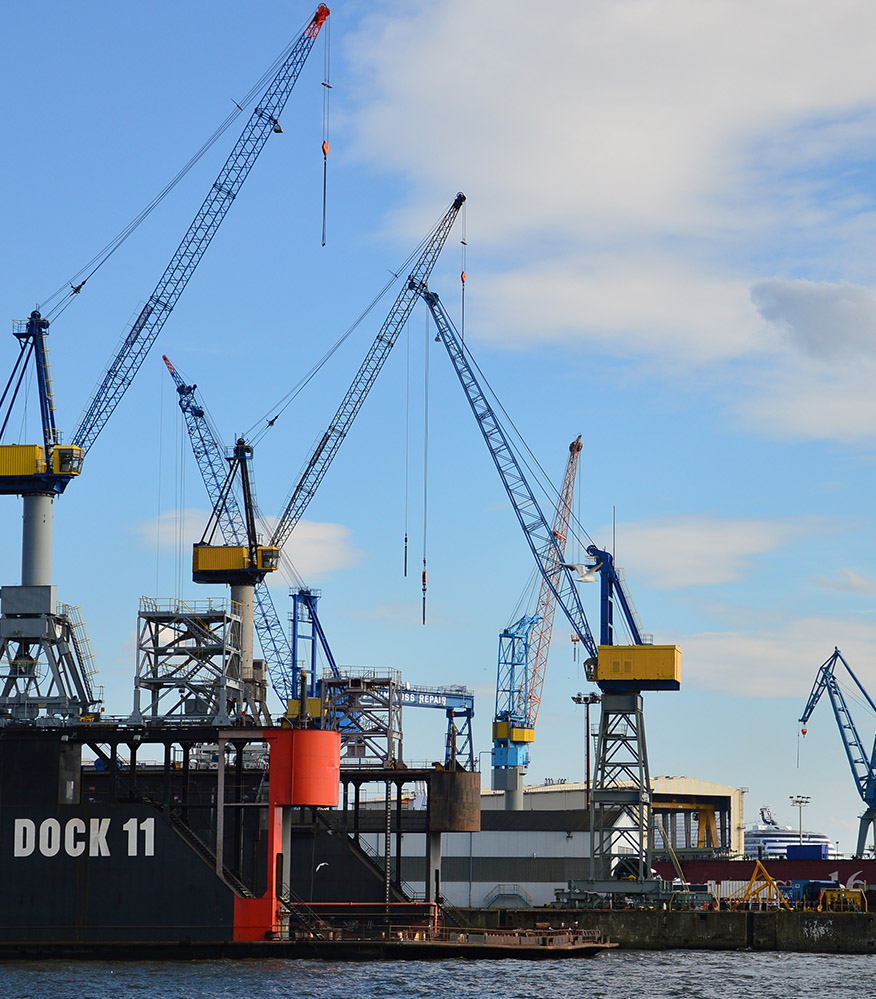Fuel Producers

Crude Oil Delivery and Unloading
The crude oil is delivered to a port before being transported to refineries through shared pipelines within transportation time slots. At both ends of the pipeline, there are flexible, restricted tanks holding a multicomponent mix with quality parameters.
With the help of the ORSOFT Manufacturing Workbench, the delivery of crude oil at multiple ports and the unloading to multicomponent tanks at the port can be scheduled to create the best quality compositions.
It is possible to create schedules with a longer time frame which also include estimated oil tanker arrivals.
The following can be displayed
- expected arrivals of oil tankers (with ship designation, arrival day and time, crude oil type, destination port as well as mass and volume quantity)
- the current situation in the associated port tank farm (with tank designation and editable planned transfer quantities from the ship)
- the detailed information on resulting quality parameters for the port storage tanks (alternatively also the planned quality situation before the selected tanker arrival)
It is possible to use characteristics which are not common in some ERP systems (such as throughput, multicomponent batches, quality parameters or transport batch orders) by utilizing “user fields” within the ORSOFT Manufacturing Workbench. Furthermore, the unloading can be optimized with regard to the desired qualities with the help of linear programming.

Pipeline Batch Composition and Scheduling
The next part of the crude oil supply chain is the composition of pipeline transport batches from multiple components available in the port tanks.
A graphical pipeline batch composition tool within the ORSOFT Manufacturing Workbench supports the planner in scheduling the transport batches with regard to times, duration, quality and anticipated blending calculation.
The software supports the composition of multicomponent transport batches based on quality and quantity requirements, as well as the detailed scheduling of pipeline transports and of the receiving tank farm at the refinery. The planner can overlview the scheduled situation with the help of port and refinery tank histograms and pipeline Gantt charts.
Matching of Block Sequences with Pipeline Batch Schedules
The sequence of block operation modes determines the requirements for specific quantities and quality parameters of input crude oil mixes at a refinery. These must be matched with the pipeline batch schedule and the limited capacity of the receiving tank farm.
A hierarchy tree view tool within the ORSOFT Manufacturing Workbench supports the planner in maintaining block operation mode sequences and monitoring resulting stock levels at the receiving tank farm.
